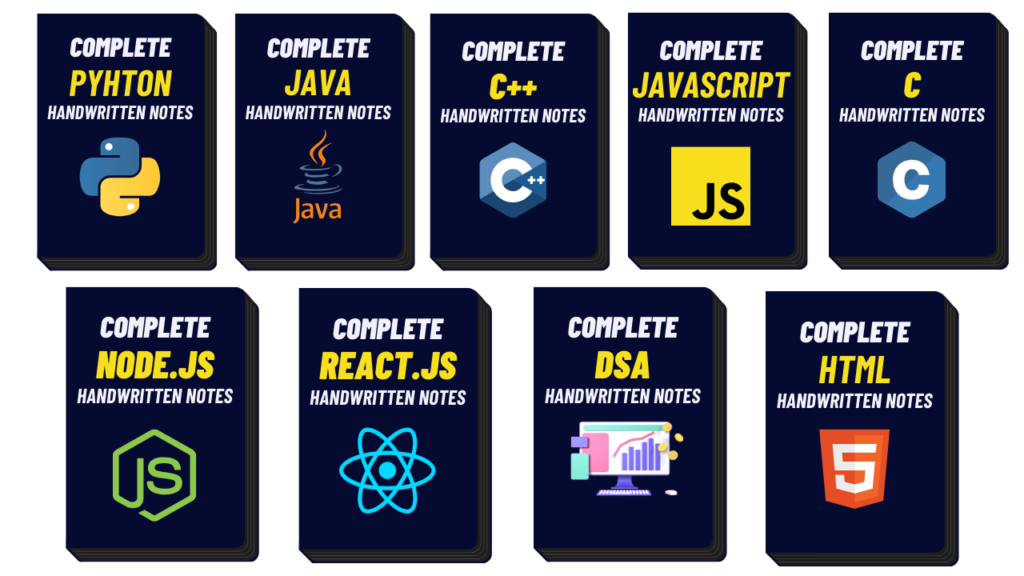Search engine optimization is a huge part of how a website fares, and it is important to keep up with the current search engine algorithms in order to properly rank.
In this article, we will go over some tips on how to make your site more responsive and keyword-friendly through coding. Nowadays there are many companies for doing SEO of websites. But if you want to do seo of your website then you can use We Push Buttons which is my favorite.
Improve website loading speed using programming
There are a few easy steps you can take to improve the loading speed of your website on search engines. The first is to make sure your website is coded using HTML and CSS, which are the most common coding languages used on the web. This will help keep your website organized and make it easier for search engines to read and index.
Another way to improve loading speed is by using compression tools like Gzip or deflate on your media files. This will reduce the amount of data that needs to be transferred from your server to users’ browsers, making your site load faster.
Finally, make sure you have optimized your images for maximum resolution and file size, as this will also help speed up page loading times.
How to optimize your website for both desktop and mobile
There are a few things you can do to make your website more search-engine friendly. One of the most important is to optimize your website for both desktop and mobile devices. This means making sure your website looks good on all types of screens, from laptops and desktops to tablets and phones.
Several methods can be used to accomplish this. You can use specific browser plugins or settings, or you can simply adjust how the page looks.
For example, you might want to make sure all your text is sized properly so it’s easy to read on smaller screens. You might also want to use wider columns or add larger images so they look good on mobile devices.
Once you have optimized your website for desktop and mobile devices, you should also make sure it’s indexable by Google. This means that Google will include your website in its search results pages (SERPs).
The best way to do this is to submit your site to Google’s Webmaster Tools account and set up some basic SEO information. This will help you improve the visibility of your site in Google’s search results pages, which will likely result in more traffic and better conversion rates.
What are the Four Main ways to use SEO?
There are four main ways to use SEO: on your website, in your content, on your blog, and in your social media.
On Your Website:
1. Use title tags and meta descriptions to help improve the search engine visibility of your content.
2. Make sure all the text on your pages is properly keyworded and optimized for search engines.
3. Use internal links to build up a link profile for your website.
4. Incorporate relevant keywords into the design and layout of your website.
5. Author bios and other important information should be easily accessible from within the website navigation menu or from clickable headings within the body of your content.
6. Regularly optimize images for better search engine visibility and click-through rates (CTRs).
7. Include links to related web pages in both the body of your content and in metadata associated with file attachments such as PDFs or photos.
8. Monitor Google Analytics data to see which topics are attracting traffic from search engines, and adjust site content accordingly.
In Your Content:
1. Use keyword density to convey the importance of your content topic.
2. Find your competitor’s keywords then Use keywords throughout the body of your writing, including in headings, in quotes, in transitional phrases, and at the beginning and end of paragraphs.
3. In addition to using keywords throughout your writing, consider including them i`n the file names and titles of your files so that they are more easily found by search engine bots.
4. Place links to other related web pages in the body of your content, near where you mention the relevant keywords.
5. Use “metadata” to include information about your content (such as publication date, author name, etc.) that can be easily searched and used by search engines.
6. Monitor Google Analytics data to see which topics are being clicked on most often by readers, and adjust your content accordingly.
7. Make use of keyword tools such as Google AdWords Keyword Planner or SEMrush to find new long-tail keywords for your content marketing efforts.
8. Regularly publish fresh new content that is optimally optimized for search engines, and link to it from existing pieces of content.
On Your Blog:
1. Use keyword density to convey the importance of your content topic.
2. Place links to other related web pages in the body of your blog posts, near where you mention the relevant keywords.
3. Include keyword-rich titles and subtitles for your blog posts, and include them in the search engine optimization (SEO) tags used to index your content on the web.
4. Use meta descriptions to provide a brief description of each blog post, which can be used by search engines to help rank your content higher in results pages.
5. Make use of keyword tools such as Google AdWords Keyword Planner or SEMrush to find new long-tail keywords for your blog posts and website content marketing efforts.
6. Regularly publish fresh new content that is optimally optimized for search engines, and link to it from existing pieces of content.
7. Monitor Google Analytics data to see which topics are being Clicked On Most Often by Readers, and adjust your blog posts accordingly.
8. Make use of social media platforms such as Twitter, LinkedIn, and Facebook to share newsworthy excerpts from your blog posts with followers, and link to full articles when possible.
How To Make Your Website Search Engine Friendly
Making your website search engine friendly is a two-fold process: optimizing your website for on-page optimization, and ensuring that your website is properly configured with meta tags and other search engine signals.
Optimizing Your Website For On-Page Optimization
The first step in making your website search engine-friendly is optimizing your website for on-page optimization. This includes making sure your site has clean code, well-written content, and accurate titles and keywords. You can also optimize your site for Google by using their “Structured Data” guidelines.
Ensure Your Website Is Configured Properly With Meta Tags And Other Search Engine Signals
The second step in making your website search engine friendly is ensuring that you have properly configured your website with meta tags and other search engine signals.
This includes adding the correct title tags, description tags, image alt tags, and keyword placement throughout the site. You should also add a robots.txt file to prevent automated web crawlers from indexing your site.
Where to Find Free Resources?
If you want your website to show up higher in search engine results pages (SERPs), you’ll need to make some simple tweaks. Here are four free resources that can help.
1. Web optimization company Moz
Moz is a web optimization company that offers a variety of tools and resources for making your website look better on the web.
You can use their Site Audit tool to analyze your website’s current SEO standings, and they offer a variety of other helpful tools, like the MozBarometer, which helps you measure how well your site is performing in different search engine categories.
2. Google Webmaster Tools
Google Webmaster Tools is a platform where you can track your website’s progress and make changes as needed. You can use the SERP features to see how your site ranks against similar websites, and the Content Analysis tool can help you understand what people are searching for on your site.
You can also use the reporting features to see which areas need more attention and track any changes in traffic from month to month.
3. Bing Webmaster Tools
Bing Webmaster Tools offers many of the same features as Google Webmaster Tools, but it has a slightly different approach when it comes to ranking data.
For example, Bing doesn’t offer an Organic Search Traffic report as Google does, but you can still see detailed information about how people are using your site and view changes over time. Additionally, Bing has



